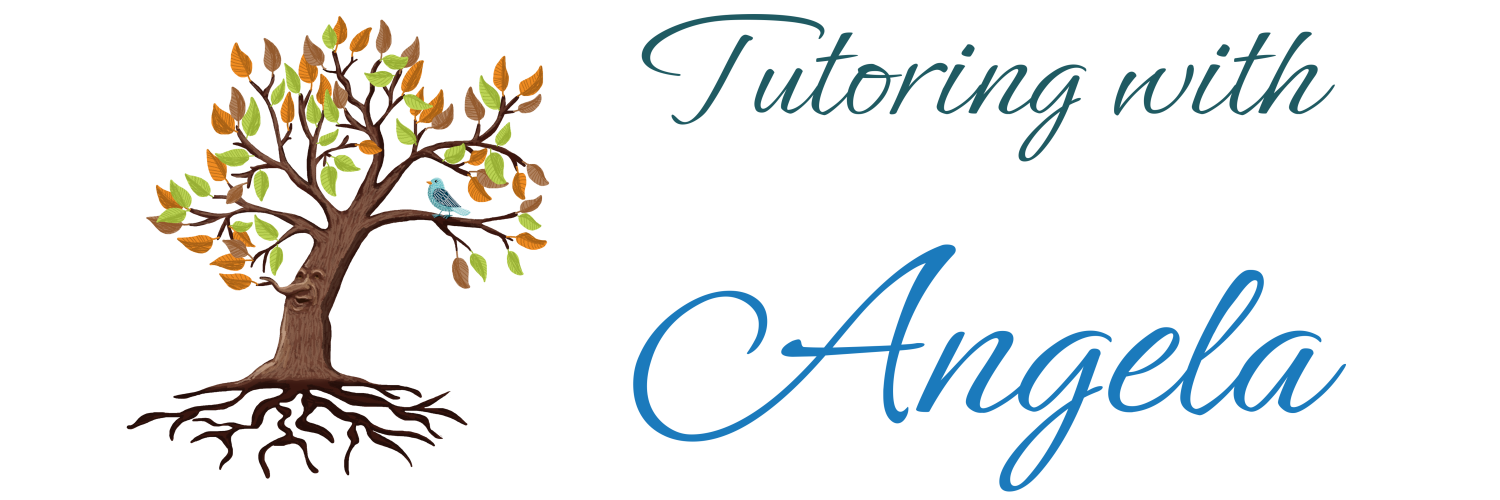Around the sun in 365 to 366 days
I am a big fan of living with the seasons. In mid-latitude regions you are never bored but also there are no days when the sun cannot be seen all day either. Throughout history humans have observed the changes in weather patterns and the hours of sunshine per day. This resulted in special holidays, the so called wheel of the year. It is still meaningful to celebrate and look into today even if you might not be religious or have any spiritual affiliation at all.
There are four astronomically interesting points within one journey of the Earth around the Sun: The solstices which mark the beginnings of summer and winter, respectively. Also the equinoxes at the start of spring as well as autumn and roughly in between are four dates that have partly made their way into Christian and secular calendars: Candlemas on the 2nd of February, May Day on the 1st of May, the 1st of august and All Saints’ Day on the 1st of November. The time intervals between these eight days are not exactly identical, due to the elliptical shape of Earth’s orbit. But then one day more or less does not make that much difference for observing Nature. Things in the Southern hemisphere are quite similar only the seasons are obviously shifted by half a year.
How can observing the wheel of the year benefit you?
If you give it a try you will experience on a personal level that what happens around us is reflected inside us. Just like there are more hours of sunhsine in summer, we ourselves sometime feel more energetic than at other times. Sometimes we feel the urge to engage with the outside world and sometimes we need to retreat. Just likeaccording to the seasons plants blossom, bear fruit, die and disintegrate back into the soil, there are phases in our lives for planning, starting, finishing and letting go of projects. Especially now that electricity means we never have to accept the darkness of night and can at least in theory travel to warmer countries in winter, it can be healing to consciously feel our connection with Nature. Without the need for any esoteric background. Or, in case you feel like it, including all the frills you can think of.
How do you observe these eight days?
The first step should take you outside. Look around yourself and see what the plants and animals in your region are doing at any given time. Which parts of the plants are visible? Which plants have already shed their leaves again? Which birds have returned or migrated away? Which animals have recently had their offspring? How many sunshine hours do you currently get each day? If you want you can take notes in a journal. Of course you can just mentally observe this journey through the year without recording anything.
Your second step will lead you inward. What is your level of energy? Have you just started or finished any projects? What in your life would you like to celebrate? What do you wish to let go of? How does your inner state correspond with what you can see happening outside your door? You might also want to write this down or express your insights in a drawing or some other creative way. I would actually recommend to at least record the most important points so that at the end of one year you can look back on the whole journey. It does not matter at which date you start, that is the beauty of a cycle. It is also totally okay to make your observations on the weekend nearest to a particular holiday.
This podcast episode offers another perspective on how we can get in touch with the annual changes of the seasons.
I am going to blog about my own personal thoughts and ideas concerning each of these eight days throughout 2020 and would appreciate very much you joining in and telling me what you found out about yourself. For 2021 I plan on adding meditations fitting the themes of the different holidays.
Blog posts for the eight holidays
These were originally written in 2020.
- 2nd of February
- 20th of March
- 1st of May
- 21st of June
- 1st of August
- 22nd of September
- 1st of November
- 21st of December
Meditations for the eight holidays
These were witten and published in 2021 on my Youtube channel:
- 2nd of February
- 20th of March
- 1st of May
- 21st of June
- 1st of August
- 22nd of September
- 1st of November
- 21st of December
Activities for the eight holidays
These were written in 2022 with one initial main blog post. They will be completed by the end of 2023. I hope 😉
- 2nd of February
- 20th of March
- 1st of May
- 21st of June
- 1st of August
- 22nd of September
- 1st of November
- 21st of December


Leave a Reply